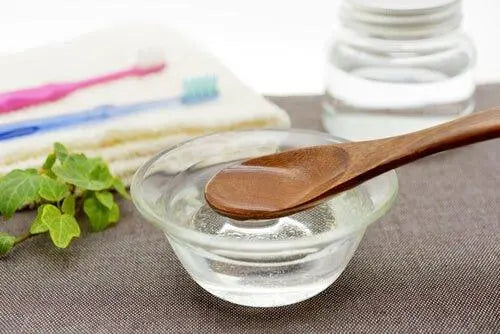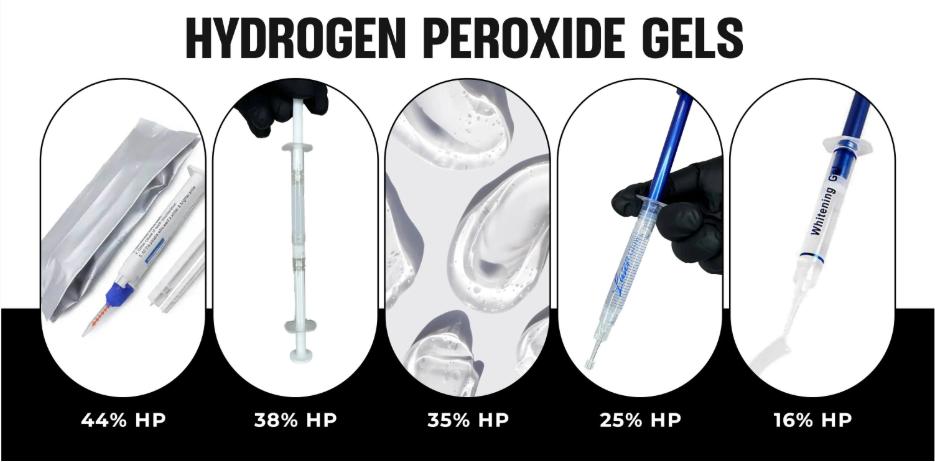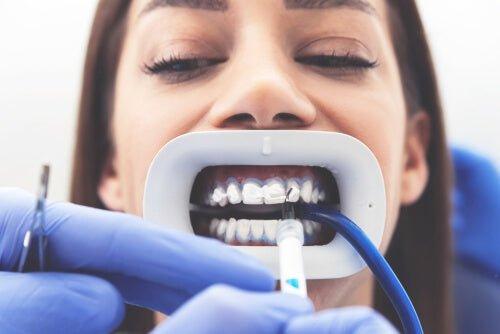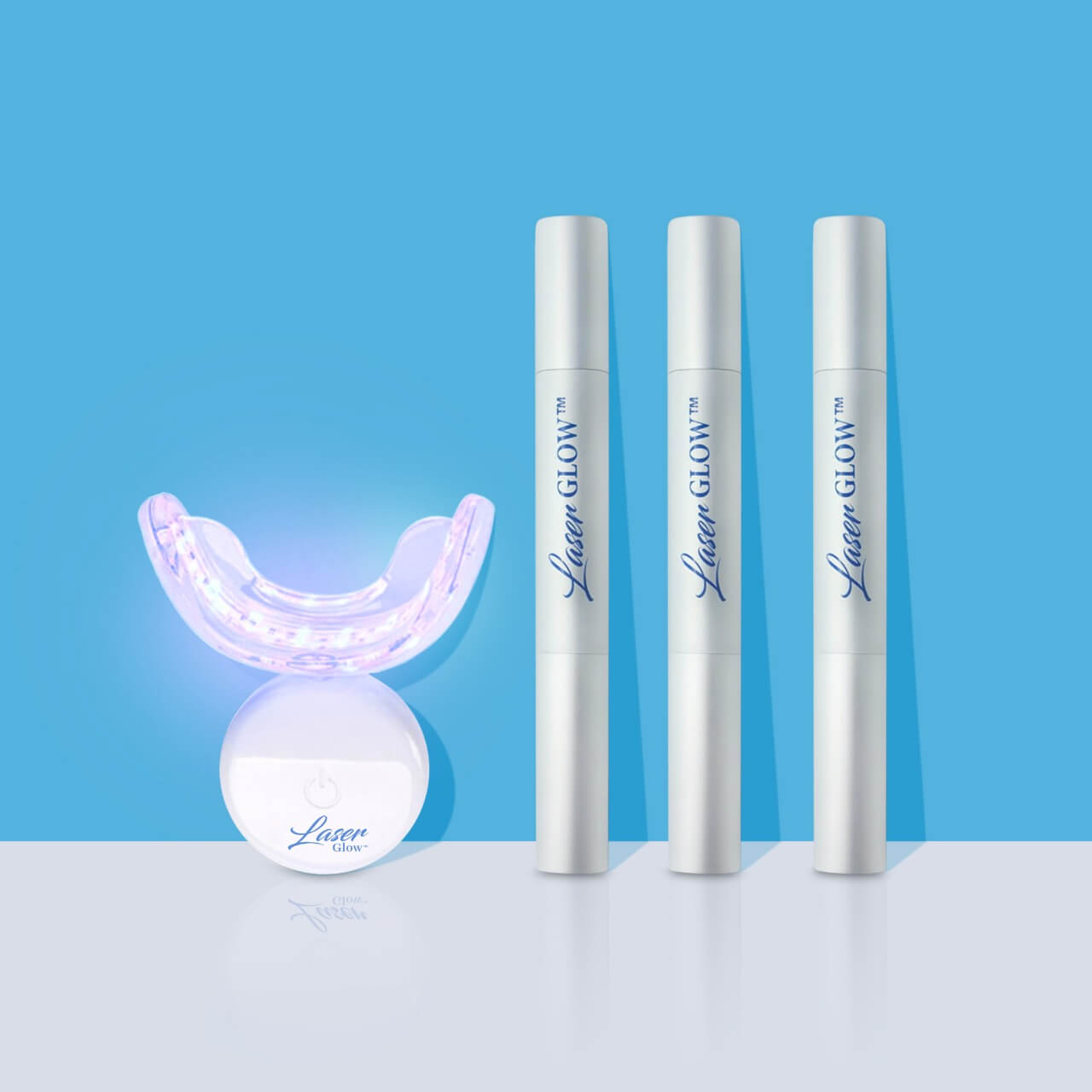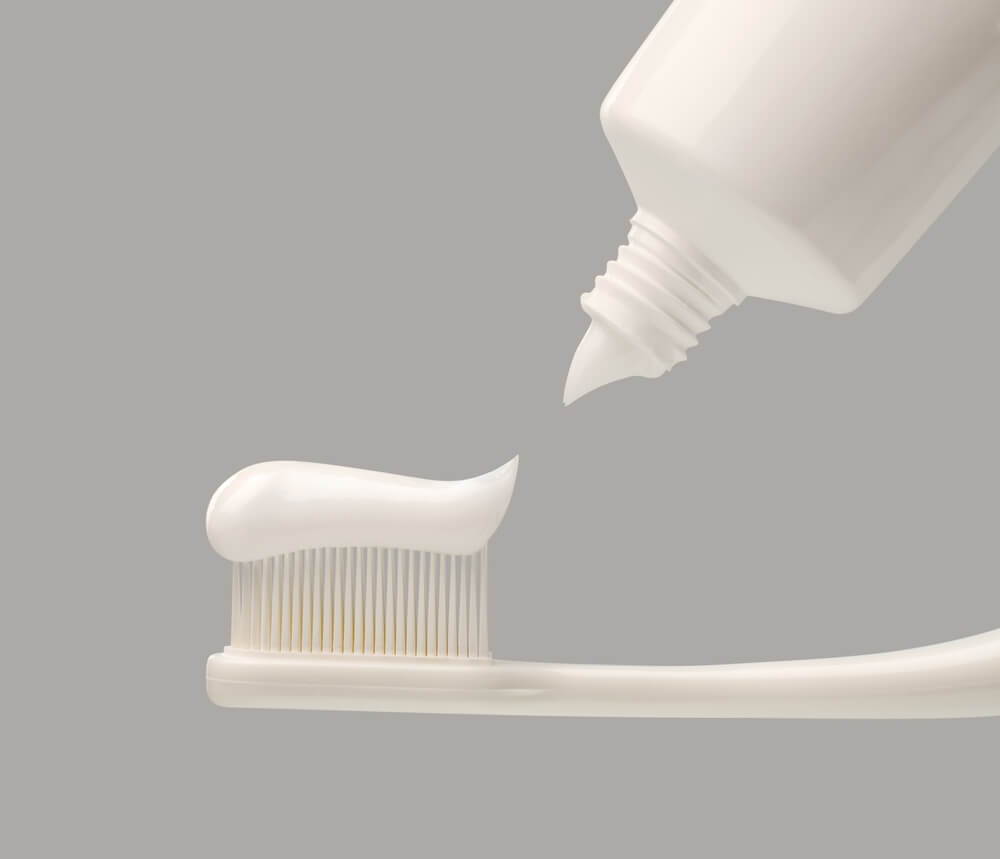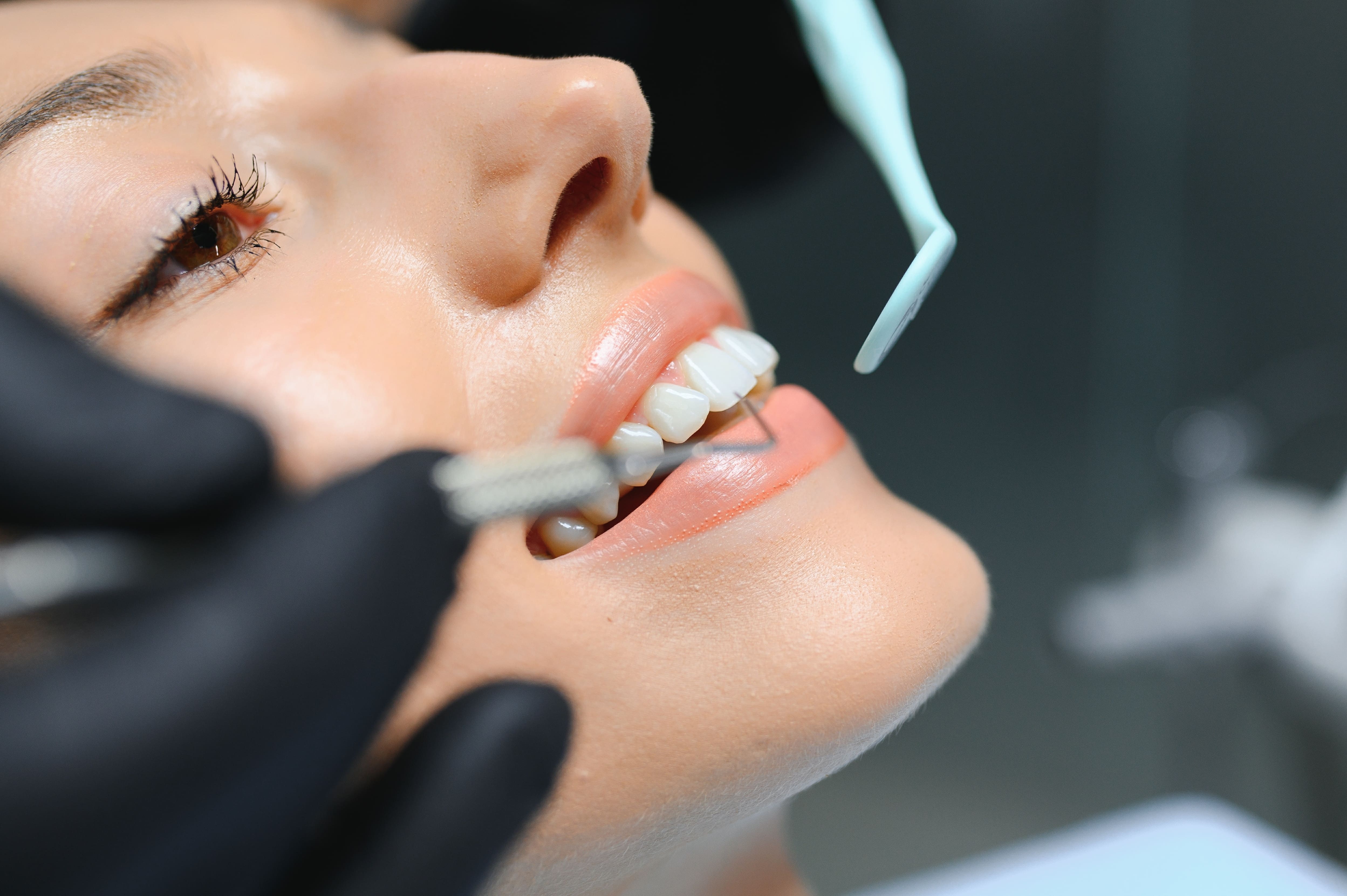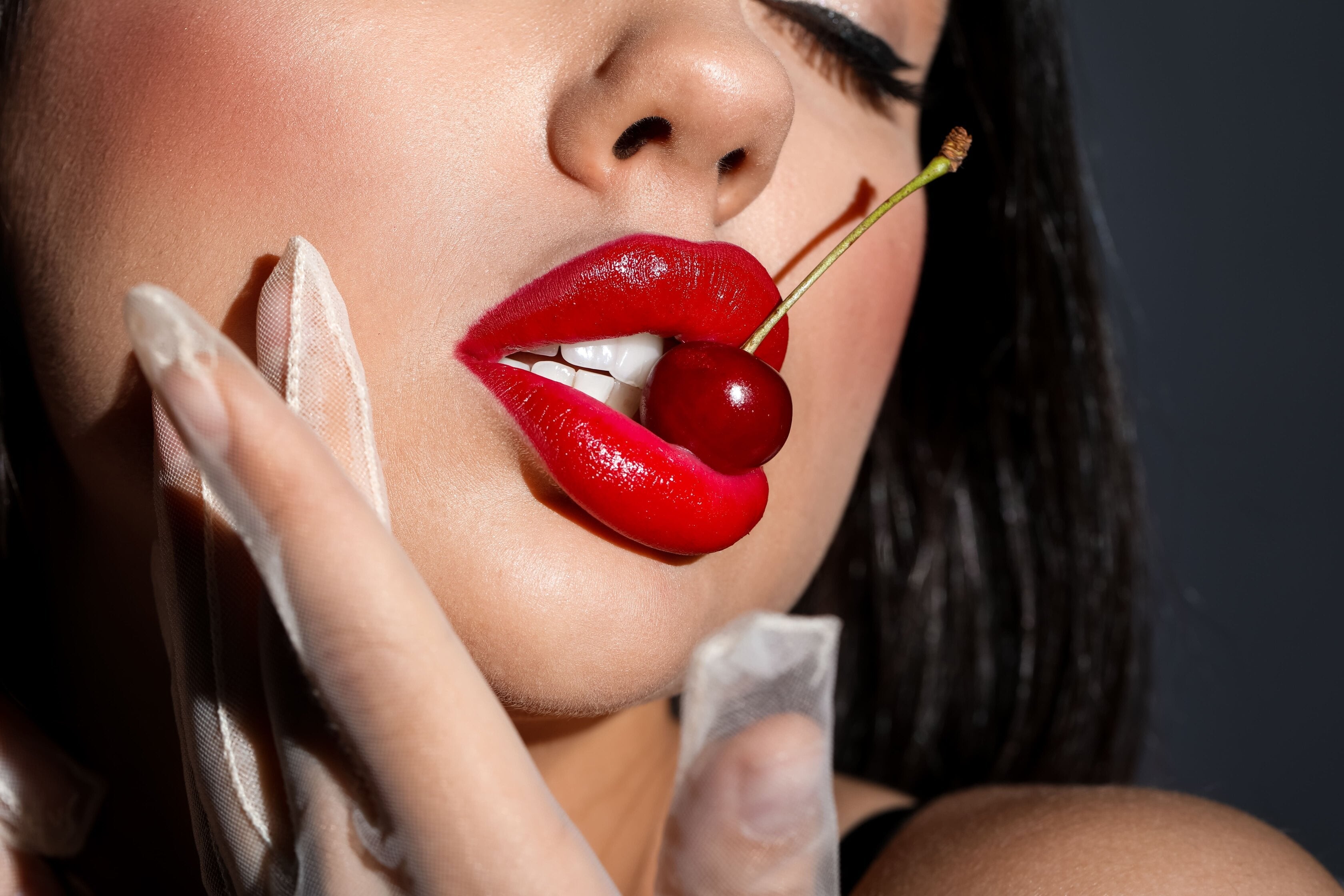It may come as a surprise that a practice as simple as swishing oil in your mouth, a cornerstone of ancient Ayurvedic wellness, can change the way you think about oral care. Yet, millions globally have embraced oil pulling for teeth as an adjunct to their daily dental routine. Beyond freshening breath, the anecdotal accounts and emerging research on oil pulling benefits suggest a ripple effect of health boosts, making it more than just a conventional oil pulling mouthwash. In a world where we are increasingly seeking natural health solutions, oil pulling resurfaces as an accessible practice with historical roots.
Key Takeaways
- Oil pulling has a long-standing history in traditional Ayurvedic practice, known for numerous oral health benefits.
- Scientific studies suggest that oil pulling can enhance oral flora and may help in preventing tooth decay.
- Sesame oil and coconut oil are frequently recommended for oil pulling, but many opt for specialized varieties like Daily Swish.
- Integrating oil pulling into your dental care can contribute to stronger teeth and gum tissues while alleviating bad breath.
- As a holistic practice, oil pulling is recognized not just in Ayurveda but by Western health professionals as well.
- Regular oil pulling can be a potent addition to traditional brushing and flossing for maintaining oral health.
The Origins and Science Behind Oil Pulling
The traditional Ayurvedic practice of oil pulling has long been celebrated for its health benefits. Central to this ancient regimen are the practices known as kavala and gundusha, where oil acts as an Ayurvedic mouthwash, promoting oral health in a manner quite unlike traditional Western methods. This time-honored technique points to a holistic connection between our gums and the well-being of our entire system.
Understanding Ayurvedic Roots and Practices
In the heart of Ayurvedic teachings, the concept of oil pulling for gums is not merely about oral care but rather a ritual of purification. Kavala incorporates swishing, while gundusha involves holding the oil in the mouth, bolstering the muscles within. These methods have transcended time, highlighting the Ayurvedic principle that a balanced state of oral microbiome is a reflection of overall health.
Scientific Studies That Back Oil Pulling’s Effectiveness
In the panorama of modern science, empirical research lends support to the practice that has been a cornerstone of wellness for centuries. Studies have scrutinized the roles of Ayurvedic mouthwash in maintaining dental health, discovering that oil pulling for gums could indeed be beneficial in reducing harmful oral bacteria and improving gum health. This ancient practice not only cleanses but strengthens, providing a protective sheath against oral pathogens.
| Benefit | Kavala Technique | Gundusha Technique |
|---|---|---|
| Oral Cleansing | Swishing amplifies reach between teeth | Static holding saturates the entire mouth |
| Muscle Strengthening | Active movement fortifies mouth musculature | Pressure from holding tones the oral cavity |
| Gum Health | May reduce plaque and gingivitis | Potential to soothe and heal gum tissues |
| Systemic Benefits | Encourages detoxification processes | Supports a balanced oral microbiome |
As we delve into the storied legacy and the supportive scientific perspective on oil pulling, we can appreciate its resurgence as more than a trend but a testament to its foundational health principles. The bridge between ancient wisdom and modern validation of kavala and gundusha endows oil pulling with a credibility that spans beyond the ages, cementing its place in both holistic and evidence-based health practices.
What Exactly is Oil Pulling?
Oil pulling, often compared to an Ayurvedic mouthwash, involves the holistic practice of swishing oil in the mouth. This traditional health remedy is believed to cleanse the oral cavity, bolster the muscles, and promote a healthier mouth ecosystem. The comparison to day and night toothpaste lies in its use both in the morning and evening routines, complimenting regular dental hygiene practices.
While modern day and night toothpaste are explicitly designed to defend against cavities and ensure fresh breath round the clock, oil pulling as an Ayurvedic mouthwash is intended for detoxification and reinforcing gum health. Its procedure is simple: one swishes oil - often coconut, sesame, or sunflower - through the teeth and over the gums, much like you would with an ordinary mouthwash.
The beauty of oil pulling lies in its versatility to be integrated at any time, although it is typically recommended to be performed before breakfast to help stimulate the senses and possibly enhance the appetite. Furthermore, this technique complements oral hygiene by potentially maintaining helpful oral bacteria when performed after brushing.
| Oil Pulling Attributes | Day and Night Toothpaste |
|---|---|
| Natural detoxification method | Active cavity prevention |
| Improves oral muscle strength | Provides fresh breath |
| Performed mainly in the morning | Used morning and night |
| May enhance taste and digestion | May contain whitening agents |
Oil Pulling's Mechanism: How Does It Work?
Understanding the efficacy of oil pulling begins by recognizing its profound linkage between oral hygiene and overall health. The ancient Ayurvedic practice extends beyond merely freshening the breath or whitening teeth—it is about creating a holistic balance within the body. When we explore the oral microbiome, a complex network comprising numerous bacterial species, it becomes clear that maintaining this balance is crucial. These microorganisms, if allowed to multiply uncontrollably, are the architects of dental woes. However, traditional and modern methods alike, from laser glow teeth whitening techniques to oil pulling, aim to improve oral health but do so in markedly different ways.
Linking Oral Hygiene to Overall Health
The journey to a healthier mouth—and, in turn, a healthier body—starts with routine practices that prioritize the control and enhancement of the oral microbiome. Oil pulling ranks highly here, serving not only as a purifying agent but also working synergistically with products like the innovative probiotic mouth spray. Such interventions support the natural defenses of the mouth's ecosystem, thereby promoting systemic wellness.
The Interaction Between Oil and Oral Bacteria
The science behind oil pulling is fascinating: as oil swishes around the mouth, it acts almost like a magnet. The principle here relies on the attraction of the lipid layers of the oil to the lipid membranes of oral bacteria. This subtle yet effective process traps and eliminates harmful bacteria, detoxifying the oral cavity. With every session of oil pulling, there is a positive shift in the oral microbiome, which not only contributes to better oral health but may also reflect in the efficacy of teeth whitening systems, including laser glow teeth whitening.
Ultimately, this detoxification through oil pulling is not just about achieving a radiant smile; it's about nurturing a healthy oral microbiome that sustains well-being. By harmonizing ancient wisdom with contemporary oral health innovations, individuals can cultivate not just a brighter smile, but a vibrant life.
Step-By-Step Guide: How To Practice Oil Pulling
Embarking on a journey to enhance your oral health with oil pulling is both an art and science. Think of it as an ancient practice updated for contemporary wellness routines. To reap the full oil pulling benefits, you must maneuver the technique with precision. Initiate this ritual by procuring a quality oil pulling mouthwash, which usually consists of a natural oil like coconut or sesame - these oils are both beneficial and agreeable for most individuals. Measure out one tablespoon of oil to ensure that you're using just enough to be effective without overwhelming your mouth.
Commence the practice by gently swishing the oil around in your mouth, making sure to reach every crevice and corner. This step is crucial, as the oil must come into contact with all surfaces for optimal cleaning. Imagine the oil as a magnet, attracting and encapsulating toxins and bacteria, a process integral to oil pulling for teeth. The goal is to continue this swishing motion for approximately 15-20 minutes. You'll notice that the oil's texture changes, becoming thinner as it mixes with saliva and bacteria in your mouth, indicating that the process is almost complete.
After the time has elapsed, it is essential to properly dispose of the oil; spitting it into a trash receptacle helps to avoid any plumbing issues. Follow this with a thorough warm water rinse, swishing it in your mouth to remove any residual oil. For those new to oil pulling, starting with shorter sessions of 5 minutes and progressively lengthening the duration as you grow accustomed can make the transition smoother. This gentle, yet powerful addition to your daily hygiene routine can offer an array of health advantages, and with consistent practice, you may soon notice a fresher-feeling and cleaner-looking mouth.
FAQ
What is oil pulling and what are the benefits?
Oil pulling is an ancient Ayurvedic dental technique that involves swishing a small amount of oil in your mouth for a certain period. The benefits of oil pulling include removing toxins, improving oral flora, preventing tooth decay, alleviating bad breath, and strengthening the tissues of teeth and gums.
Can oil pulling be part of my daily oral hygiene routine?
Yes, oil pulling can be a valuable addition to your daily oral hygiene routine, complementing brushing, flossing, and tongue scraping. It is recommended to practice it regularly to achieve optimal benefits.
What types of oil can be used for oil pulling?
Traditional oils used for oil pulling include sesame oil and coconut oil. Modern formulations like Daily Swish are also available, which may offer additional benefits or flavors.
How does oil pulling work?
Oil pulling works by swishing oil through your teeth and gums, which helps to trap and remove bacteria and plaque. The fat molecules in the oil can bind to bacterial membranes, effectively detoxifying the mouth and enhancing oral health.
How does oil pulling contribute to overall health?
Oil pulling contributes to overall health by maintaining a balanced oral microbiome, which is essential for systemic health. A healthy mouth can reflect positively on the health of the entire body, potentially impacting various conditions related to bacterial presence.
How do I practice oil pulling?
To practice oil pulling, take a tablespoon of oil and swish it around your mouth, making sure to cover all areas, for about 15-20 minutes. Spit the oil into a trash receptacle, not down the sink, and rinse your mouth with warm water after spitting.
Is there any specific time of day best for oil pulling?
Oil pulling is most effective when done in the morning before eating or drinking anything. It is said to invoke an improved sense of taste and appetite. However, it can be practiced at any time of day that fits your routine.
Does oil pulling whiten teeth?
While oil pulling is not a substitute for traditional teeth whitening treatments, some people report that it can help to reduce stains and whiten teeth over time, likely due to its plaque-removal capabilities.
Can oil pulling replace mouthwash?
While oil pulling can offer many benefits similar to mouthwash, such as reducing bacteria and freshening breath, it is not a replacement. It can, however, be used as a natural alternative or complement to traditional mouthwash products.
Are there any side effects to oil pulling?
Oil pulling is generally considered safe for most people. However, if you experience discomfort or an allergic reaction, you should discontinue use and consult a healthcare provider. It's also important to spit the oil out to avoid ingesting toxins that may have been drawn out from the gums and teeth.
How does oil pulling fit with other oral health products like day and night toothpaste?
Oil pulling can serve as a supplementary practice to your existing oral health regimen, which includes the use of specialized toothpaste for day and night. It should not replace brushing and flossing but rather act as an additional step to enhance oral hygiene.
Recommended Articles
Comparing Purple Toothpaste vs. Regular Toothpaste – Which Is Better?


